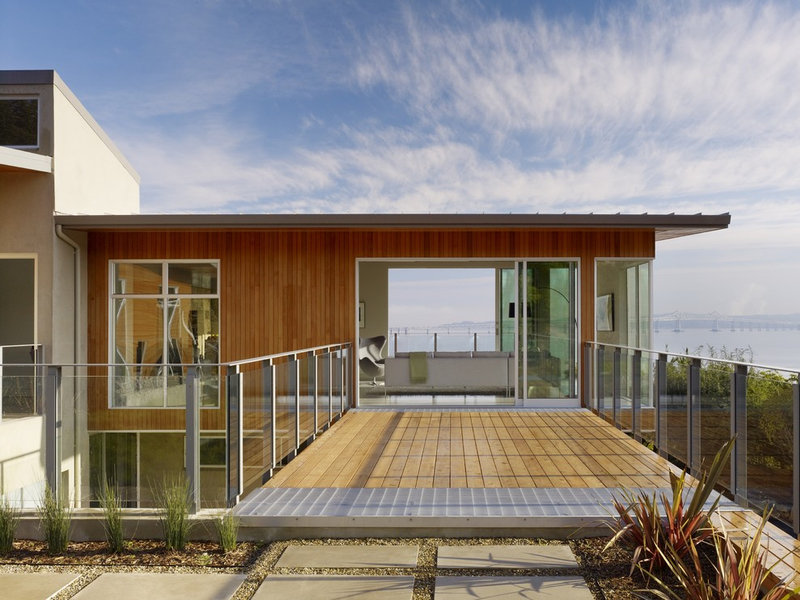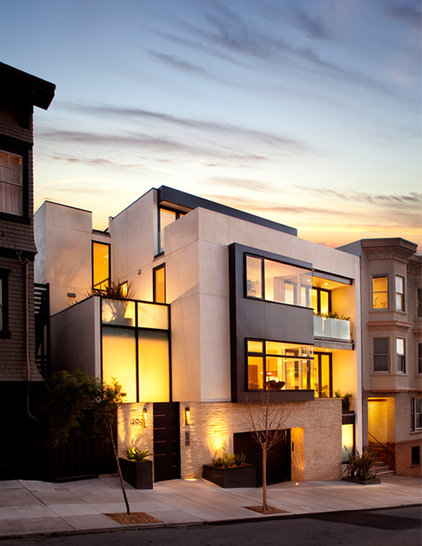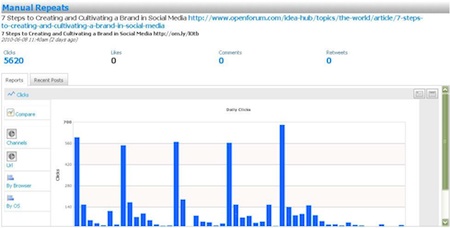| |
| |
|
Daily Archives: October 9, 2013
Mapping the Changes Coming to Harlem’s 125th Street | Katonah Real Estate
The Harlem Shake has come and gone, but Harlem is still slowly being shaken up by new construction projects. Just take a look at 125th Street, where the changes are as large as Columbia’s Manhattanville expansion and as small as retailers and restaurants opening next to the Apollo Theater. Curbed intern David Stein took a stroll along 125th Street to map the changes for the latest installment in our Microhood Maps series. Know of a project we’ve missed, or have an update on one listed below? Please let us know.
Are Sellers Losing Control? | Bedford Hills NY Real Estate
Will the long-awaited sellers’ market be extraordinarily short-lived? An email survey of big market agents found that the pendulum is shifting in favor of buyers.
An August survey of 522 Redfin agents found that fewer believe this to be a good time to sell than in the second quarter and more than half, 55 percent, said it is “a good time to buy,” up from 46% in the first quarter.
Inventory shortages (87%) and bidding wars (79%) remain the biggest challenges for buyers, according to the agent survey. Some 62% of agents say that sellers have unrealistic expectations about the value of their home and 30% say that sellers are having difficulties getting their home to appraise for the contract purchase amount.
Markets are cooling down. Some 56% of agents believe the market over the last three months has become less competitive. Only 22% believe it has become more competitive.
Price expectations are changing dramatically. Most (68%) expect price gains in the coming months but fewer than in the in the first quarter (97%). Only five percent expect home prices to “rise a lot,” down from 44% in the first quarter.
“At the end of this summer, you could smell the rubber on the road from buyers hitting the breaks,” said Redfin San Diego agent Sara Fischer. “The cutthroat competition and frenzied demand has relaxed considerably.”
Respondents spanned 22 metropolitan markets in the U.S.: Atlanta, Austin, Baltimore, Boston, Charlotte, Chicago, Dallas, Denver, Houston, Los Angeles, Orange County, Miami, New York, Philadelphia, Phoenix, Portland, Raleigh, Sacramento, San Diego, San Francisco, Seattle, and Washington DC.
http://www.realestateeconomywatch.com/2013/10/are-sellers-losing-control/
Mortgage rates drop for 3rd straight week amid shutdown fears | Bedford Real Estate
The government shutdown — which the CEO of the Mortgage Bankers Association said today is stoking “confusion and fear” among borrowers — helped drive down mortgage rates to their lowest level in more than three months, according to Freddie Mac’s latest Primary Mortgage Market Survey.
Rates on 30-year fixed-rate mortgages averaged 4.22 percent with an average point of 0.7 for the week ending Oct. 3, down from 4.32 percent last week but up from 3.36 percent a year ago, Freddie Mac reported.
“With the onset of the federal government shutdown and declining consumer confidence, fixed mortgage rates fell for the third consecutive week,” said Frank Nothaft, vice president and chief economist at Freddie Mac. “Consumer sentiment fell for the second month in a row in September to its lowest reading since April, according to the University of Michigan.”
Rates on 15-year fixed-rate mortgages and five-year Treasury-indexed hybrid adjustable-rate mortgage (ARM) loans also decreased, while rates on one-year Treasury-indexed ARMs stayed flat.
Source: Freddie Mac
– See more at: http://www.inman.com/wire/mortgage-rates-drop-for-3rd-straight-week-amid-shutdown-fears/#sthash.c2iOUc4v.dpuf
LendingTree, Zillow Clash over Housing Credit | Pound Ridge Real Estate
Two companies that compete with each other in housing finance clashed this week over the critical issue of access to mortgage, releasing reports that were in direct conflict with each other and served to increase confusion and tension rather than clarify anything.
According to LendingTree’s report, its Credit Accessibility score is benchmarked at 100, using data from the full year of 2012. It reported the average accessibility score for the US was 106 in August, compared to 103 in July and 100 in June, indicating that borrowers had an easier time accessing mortgage credit in August compared to prior months, reported a LendingTree news release.
“Over the past few years, potential borrowers may have found it difficult to get approved for a loan. But as home prices rise, refinance activity slows and government programs change, potential borrowers are finding it easier to gain access to credit,” said Doug Lebda, founder and CEO of LendingTree. “Lenders are easing down payment and credit score requirements while still adhering to conforming loan guidelines. And as the private securitization market starts to bounce back, borrowers who didn’t qualify in the past may now have that opportunity.”
On the same day, Zillow’s Mortgage Marketplace reported that:
“Despite a healing housing and mortgage market, three out of 10 Americans remain unlikely to qualify for a mortgage, according to a Zillow® Mortgage Marketplace analysis.
“The research analyzed 13 million loan quotes and more than 225,000 purchase loan requests on Zillow Mortgage Marketplace in September 2013, and compared it to a similar study conducted in September 2010.
“Borrowers with credit scores under 620 who requested purchase loan quotes for 30-year fixed, conventional loans were unlikely to receive even one loan quote in September 2013, unchanged from three years ago, even if they offered a relatively high down payment of 15 to 25 percent. Nearly 3 out of 10 Americans, or 28.4 percent, have a credit score of 620 or lower, according to data provided by myFICO.com.
“Meanwhile, the bar has risen for borrowers to get the lowest available mortgage rates. The best mortgage rates are typically reserved for those with credit scores of 740 or higher, compared with 720 in 2010. According to myFICO.com, 40.3 percent of Americans currently fall into this category. In 2010, 47 percent of Americans had credit scores over 720 and were able to get the best rates. Borrowers with credit scores above 740 did not receive significantly better mortgage rates.
“In the 2013 study, borrowers with credit scores of 740 or above got an average low annual percentage rate (APR) of 4.42 percent for conventional 30-year fixed mortgages. Borrowers with mid-range credit scores between 620 and 739 received APRs, on average, between 5.09 and 4.47 percent, with the APR rising as the credit score drops. Those with credit scores below 620 received too few loan quotes to calculate the average low APR.
“Despite all-time high levels of affordability in the housing market, tightened lending standards mean that nearly one-third of Americans are unlikely to be able to achieve the American Dream of homeownership because they can’t qualify for a mortgage due to a low credit score,” said Erin Lantz, director of mortgages at Zillow. “Your credit score is the single most important factor in determining your mortgage interest rate and monthly payment. To avoid any surprises when buying a home, check your credit score and report at least six months before you intend to buy to see if there are any costly inaccuracies, pay down high-balance lines of credit and make sure your bills are always paid on time.”
http://www.realestateeconomywatch.com/2013/09/lendingtree-zillow-clash-over-housing-credit/
What’s LEED All About, Anyway? | Bedford Corners Real Estate
How can you tell the difference between houses that look environmentally friendly and ones that actually are? Home certifications can help. Leadership in Energy & Environmental Design (LEED) is just one certification that helps all sectors of the home-building industry use some of the best methods of sustainable design and construction.
Your first two questions about certification are likely going to be, “What’s in it for me? and “How much is this going to cost?” Let’s look at some of the basics.
Benefits of LEED Certification The benefits touch everyone involved. For the homeowner a voluntary certification like LEED for homes increases accountability for quality checks on the construction site, therefore decreasing the frequency of costly mistakes. Plus, according to the U.S. Green Building Council, LEED-certified homes use on average 20 to 30 percent less energy and water, with some homes reporting up to 60 percent less energy use than a home built to meet code minimums. In addition to the decrease in monthly utility bills, many states and cities have tax breaks and incentives for environmentally friendly construction. While the LEED rating itself doesn’t address individual incentives, the requirements often overlap. In fact, the U.S. Department of Energy has a searchable Database of State Incentives for Renewables & Efficiency. You and your project team can look up federal and state incentives to give your budget a little boost. Finally, if you ever need to sell your home, you can ask for a higher price for a LEED home than similar houses on the market. One study in California, for example, showed an 8 to 9 percent increase in the market value of green-certified homes. Meanwhile, any builders wanting to set themselves apart should consider learning how to build according to LEED requirements. Most agree that there is a steep learning curve, but with more than 100,000 home units certified in the U.S. (and many more in the pipeline), it could set an experienced business even further apart from the crowd or help a new business leap ahead. The same goes for designers who want to show clients that they can be creative even within environmental parameters. Costs of LEED Certification It’s difficult to pinpoint an exact percentage increase in construction costs that you are likely to see with a LEED home. It depends on what you are comparing it to. In an apples-to-apples comparison with a high-quality, uncertified construction that follows best-practice guidelines, the cost difference is hardly noticeable: maybe 2 to 5 percent higher). In a comparison with the average home on the market that just meets the minimum building codes (apples to oranges in this little fruit metaphor), the percentage would be much higher: maybe 20 percent. |
- Platinum (90 to 136 points)
- Gold (75 to 89 points)
- Silver (60 to 74 points)
- Certified (45 to 59 points)
Whether you are in the market for a LEED home or looking to build one yourself, understanding what goes into these scoring categories can help you formulate your questions for your real estate agent or home builder.
1. Innovation and Design Process (ID)
Points available: 11
Points earned for: Making sure that the home is sustainable, durable and cost efficient, with a well-rounded approach to the design.
Things to keep in mind: This category of credits is meant to see if you really mean it — if you really want to build a sustainable home or if you’re just looking for a quick certification. The lesson: Plan early and plan often. You need to get your project team on the same page as soon as possible and make sure that every professional involved is willing to use the best methods, rather than the easiest methods.
The design of your home should be integrated with the selection of your team. It should take into consideration the path of the sun and the use of solar heat to reduce consumption. The home should also be durable and high quality, not only to last you through the years, but also to provide a good base for whatever the future of building technology may hold.
2. Location and Linkages (LL)
Points available: 10
Points earned for: Selecting a sustainable location for your home. To be truly green, you must try to use an existing infrastructure.
Joy of Joys, Another Versailles Knock-Off Hits the Market | Chappaqua Real Estate
Southern California may very well be the land rich in ugly faux châteaux, but sometimes a wonder of gold patina, green marble, and redundant crystal pops up elsewhere on this continent. Indeed, most of North America’s Versailles knock-offs—whether it’s ill-fated, 90,000-square-foot behemoths in Florida or $30M mansions in Kentucky—are found outside the bloated McMansion hotspots. On the market in the Toronto area is this gold-plated Château de Versailles, with six bedrooms, 12 bathrooms, 24,000 square feet, and more frescoes, chandeliers, and sculpted busts than anyone can handle. Though, to be completely honest, that pool is ridiculously cool. The ask? $17M.
Social media mistakes you may be making | Armonk NY Realtor
I’m pretty well known for making mistakes. It’s kind of a known trait of mine. Just this weekend I walked into a door because I didn’t open it properly first.
When it comes to social media, though, I try hard to learn from mistakes since they’re all saved for me to reflect on. Plus, I research and write about social media enough to have access to stats that make it easier to pick up and rectify these kind of mistakes.
The funny thing about some of the mistakes I looked at for this post is that the advice to avoid them is counterintuitive—sometimes even controversial. As we’ve seen before, though, counterintuitive advice is sometimes the best kind.
1. Losing out on traffic – Post the same thing multiple times
This is something that can be pretty controversial – a lot of people discourage re-posting links to the same content more than once. A good example of the controversy and why some tweeters continue to do it is Guy Kawasaki’s experience.
Guy is a big proponent of repeating your tweets, and has faced a lot of flack for it. After all, it doesn’t really make sense to send out the same thing multiple times… or does it?
Guy makes a good point that his followers probably aren’t reading his tweets at every moment of the day.
I repeat my tweets because I don’t assume that all my followers are reading me 24 x 7 x 365.
For Guy’s tweets that link to posts on his site, Holy Kaw, he repeats these four times, eight hours apart:
I picked eight hours because this means that even if the first tweet goes out at the worst times for traffic, one of the repeats will hit the best times… For example, a first tweet at 3:00 am Pacific then hits 11:00 am Pacific and 7:00 pm Pacific.
Guy also notes that he would lose out on traffic if he didn’t repeat his tweets, which is something we’ve examined before when looking at the best time to tweet:
I’ve examined the click-through patterns on repeat tweets, and each one gets about the same amount of traffic. If I tweeted stories only once, I would lose 75% of the traffic that I could get.
Here’s a typical example of the traffic from one of Guy’s tweets:
First post: 739 clicks
Second post: 718 clicks
Third post: 565 clicks
If I follow common wisdom, I would have tweeted it once and lost 1,200 clicks—that’s the bottom line.
This is something we do at Buffer as well. We use different headlines to test which one gets the best clicks for a particular post, and then we repeat the best one using Buffer to reach different timezones with the same content.



















